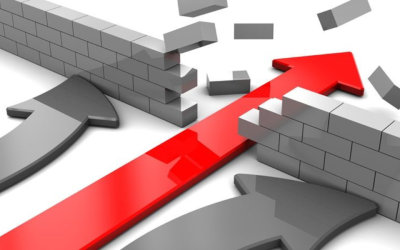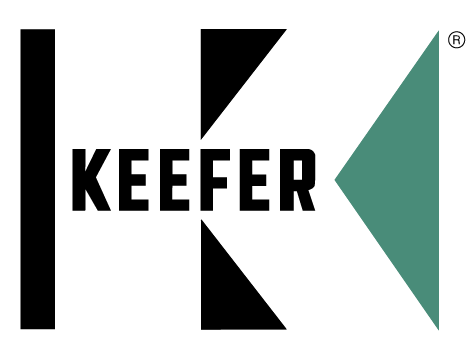“You’re in the great game now. And the great game is terrifying.”
– Tyrion Lannister
A major theme of “Game of Thrones” has been the seismic impact Daenerys Targaryen and her three dragons have had on that fictional world since Robert’s Rebellion. In the real world, as explained by Ezra Vogel a quarter century ago, Japan and four little dragons (Taiwan, South Korea, Hong Kong and Singapore) had their own seismic impact on global manufacturing following World War II. Of course, China has since assumed the position of world’s largest manufacturer, and has held a particularly strong foothold (no pun intended) in the shoe manufacturing business. However, there is another fast-growing dragon on the world footwear stage. Vietnam has not only become a top 5 producer but has significant export capabilities to boot (okay, that pun was intended). The question then becomes whether Vietnam is really ready to fill those shoes (no more puns, I promise). There is much more than just low production and labor costs you should be considering if you’re on the fence about manufacturing there.
I had the opportunity to spend several weeks with a Vietnam-based footwear manufacturer, also attending the Annual Footwear Conference in Ho Chi Minh City. I learned quite a lot from the experience, presented to diverse audiences, and am interested in the ongoing dialogue about Vietnam’s readiness for the global footwear stage. Over the last few years, Vietnam’s Ministry of Planning & Investment (MPI), Ministry of Industry & Trade (MoIT), and leather, footwear and handbag trade group (LEFASO) have been developing short- and long-term plans to improve Vietnam’s trade advantage on the global footwear production stage. Its growth plan through 2030 involves increased focus on automation, as well as incorporating information technology into financial, operational, and logistics management systems. Vietnam also plans to begin building an international gateway port to serve as its most important port for trade, including industrial parks and trade centers, industry support centers and developed roadways leading to the gateway port.
In addition, Vietnam is enticing foreign investors to move to areas of “especially difficult socio-economic conditions” (the most remote and impoverished areas), hoping this will assist with development in those areas. Investors willing to do so could receive benefits such no rent for up to 15 years, as well as no taxes for several years followed by lower tax rates afterward. Investors would also be able to enjoy duty free transport of equipment and materials required to start the business, and the ability to defer initial business losses following investment and development. Vietnam is also quick to point to opportunities such as its own favorable trade regulations and numerous free trade agreements with major markets, brands trending toward production in Vietnam, and a long-term abundance of low cost labor given the country’s “golden population ratio” — i.e., the number of people of working age (15 to 64 years old) has increased considerably compared to non-working age.
Vietnam initially appears to be saying all the right things as far as embracing its role as a top global footwear power. However, long-term excellence requires more than just talking the talk. As noted by Vogel (and numerous commentators since), while geographic location and government support played large roles in the growth of Japan and the Little Dragons, their commitment and execution in developing roadways, ports and rails, as well as an educated population with existing skill-sets, were major contributing factors as well.
Vietnam has similar strategic coastal location benefits and government support, although it is still noticeably in a developing status from an infrastructure standpoint. Let’s say you are considering investing in manufacturing operations in an area of “especially difficult socio-economic conditions” within the Tay Ninh province. Hauling finished product by truck to Can Tho, a primary Mekong Delta sea port (less than 150 miles away) could take over five hours, much of which is over a less-than-developed roadway system. Depending on traffic and weather, the time and conditions could be worse. And you may find it difficult to entice skilled U.S. expats (especially those with families) to assist with operations in these areas, many of which are quite remote and impoverished.
Vietnam concedes there are questions about its own ability to satisfy the terms of the various free trade agreements, as well as the education and quality of its labor force, which Vietnam admits counters its “golden population” position. Vietnam has also acknowledged weaknesses in investment and manufacture such as lack of capital, technology, and high level human resources. Of course, the U.S. exit from the Trans-Pacific Partnership will likely have some additional impact, the full effects of which may not be known for some time.
A trade-friendly regulatory system, strategic trade agreements, nice incentives to foreign investors and claims about infrastructure development may be well-intentioned, but do they ring hollow? There are just too many questions right now as to whether Vietnam can effectively execute on its vision and initiatives. Vietnam will also need to be cognizant of its ongoing need to build relationships with global partner countries, and work closely with foreign investors and existing manufacturers toward innovative, sustainable, and compliant processes . . . and not just say that it will do so.
Is Vietnam truly ready for the challenge? Like finding out who will take the Iron Throne from Cersei Lannister in Season 8, we’ll just have to wait and see. In the next installment, we’ll explore Vietnam’s trade regulations and relationships generally, as well as specific production and pricing risks your company could face without some level of understanding and involvement in the process.
KEEFER is your ounce of prevention.





















